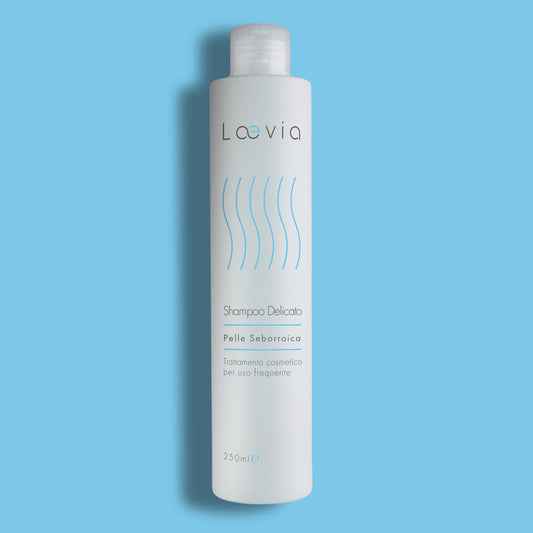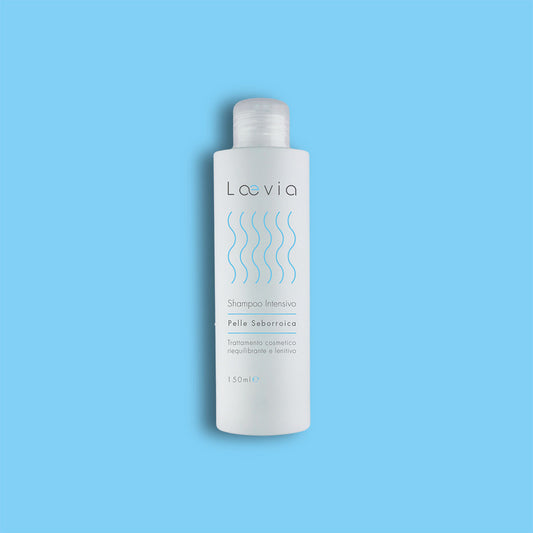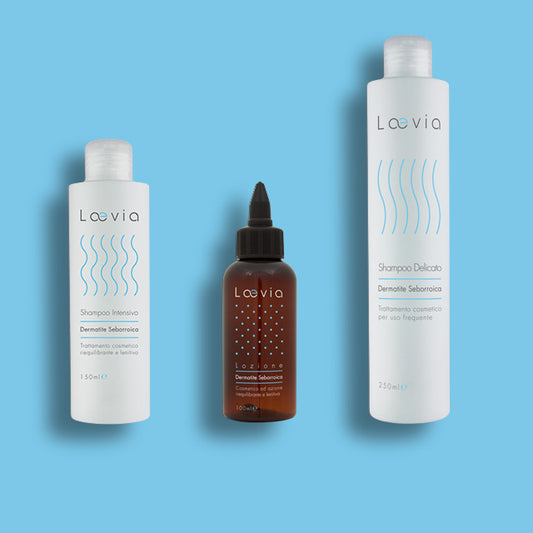The genetic component is a real 'headscratcher' in the control of Seborrheic Dermatitis, which can be limited by adopting a correct lifestyle.
Seborrheic Dermatitis is a hereditary skin disease, given that it is possible to find multiple people from the same family suffering from it. From birth, a person is predisposed to getting Seborrheic Dermatitis, because it is written in the structure of the genetic code.
FROM GENES TO SEBORRHEA DERMATITIS
At a certain point in life, a strong stress condition or other factors related to Seborrheic Dermatitis can "wake up" the disease and cause the first symptoms of the disease to appear: redness and irritation. Seborrheic Dermatitis is caused by an overproduction of sebum by the sebaceous glands, which causes the death of skin cells and excessive proliferation of the same to repair the damage with the appearance of typical symptoms.
In addition to the hereditary predisposition, Seborrheic Dermatitis is significantly influenced by Malassezia furfur, a fungus that normally inhabits the skin but which, in the presence of certain triggering factors, increases in number causing irritation of the skin and scalp.
The irritated areas give way to itchy lesions which, due to frequent scratching, transform into abundant dandruff which stimulates further production of sebum and flaking to create a vicious self-feeding cycle.

LIFESTYLE MAKES THE DIFFERENCE
It is not possible to control the genetic component that governs the disease, but it is possible to partially act on it through the adoption of correct behaviors.
A lifestyle that acts, where possible, on the various risk factors of Seborrheic Dermatitis can effectively contribute to the reduction of symptoms and, therefore, to the recovery of a good quality of life by those suffering from this disease.
- Before resorting to drugs ... you can pay more attention to your personal hygiene, which must be thorough but not excessive, cleansing but not aggressive of the skin, effective but protective of the hydrolipidic coat which acts as a natural barrier against irritating and allergenic external agents. It is therefore better to avoid bathing and washing too frequently so as not to further dry out or flake the skin and the use of products that do not respect the skin's pH and contain artificial preservatives or irritating chemical substances. Remember, then, that it is important to hydrate after each wash by applying a generous layer of specific creams to elasticize and soften the skin.
- Stop scratching! It may be a daunting task, but good practice is to avoid scratching the lesions when itching is looming. In fact, the rubbing caused by nails and fingers on the skin or scalp, or the detachment of the crusts covering the skin with Seborrheic Dermatitis, can aggravate the inflammation with the risk of infection.
- 'Made to measure' clothing , preferably natural. Pay attention to the label of the clothing you wear or buy, because Seborrheic Dermatitis prefers pure and delicate fabrics such as 100% cotton fibers, linen or silk to be in direct contact with the skin. Therefore, avoid any synthetic component that causes excessive sweating or poor perspiration: two events that normally produce itching, the desire to scratch and the problems already described.
- Eat healthy. So that our appetite does not damage seborrheic skin, it is good to consume as little spices, fried foods, sausages and mature cheeses as possible; in short, everything that is normally tempting. Instead, it is better to eat "naturally" as recommended by the Mediterranean diet: consume lots of fruit and vegetables, even more than 5 portions a day, which 'refresh' the skin from the inside. Among drinks, drink plenty of water to hydrate your skin, giving up carbonated drinks in general and alcohol in all its forms.





